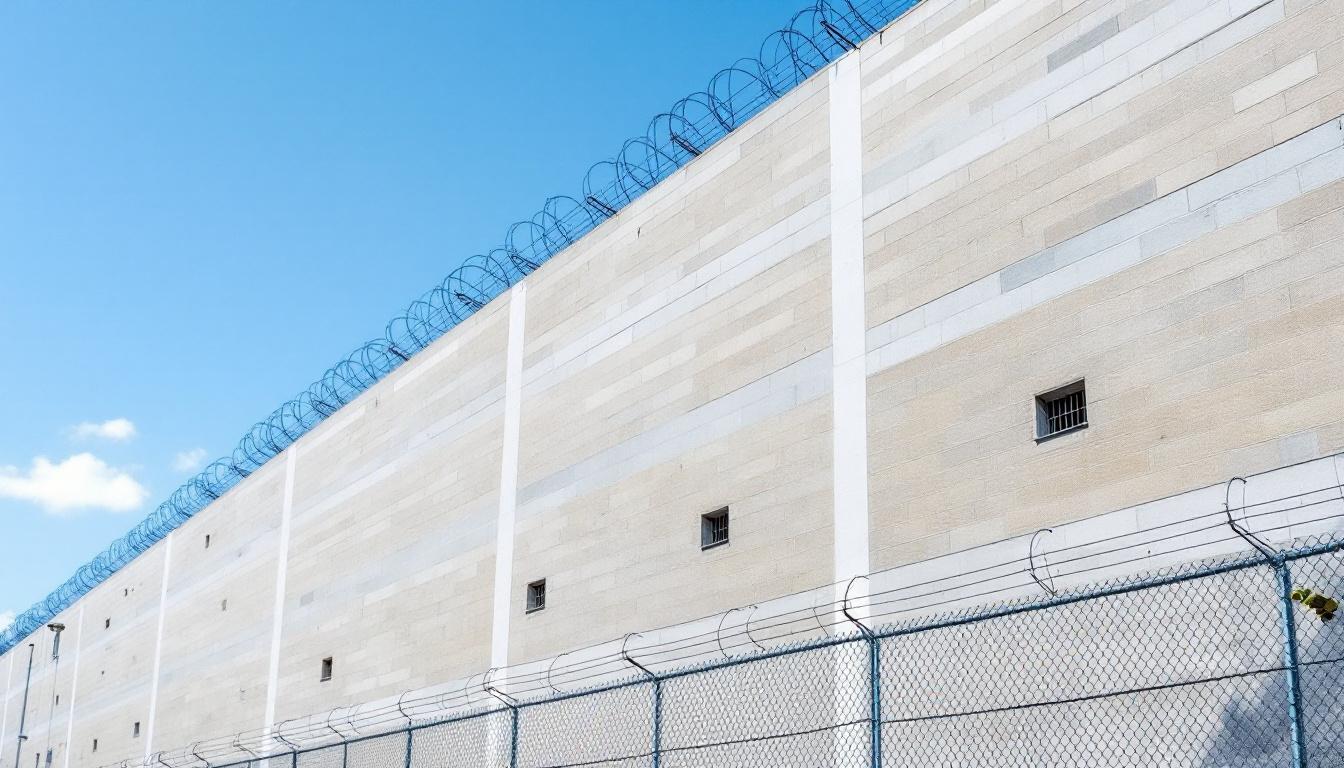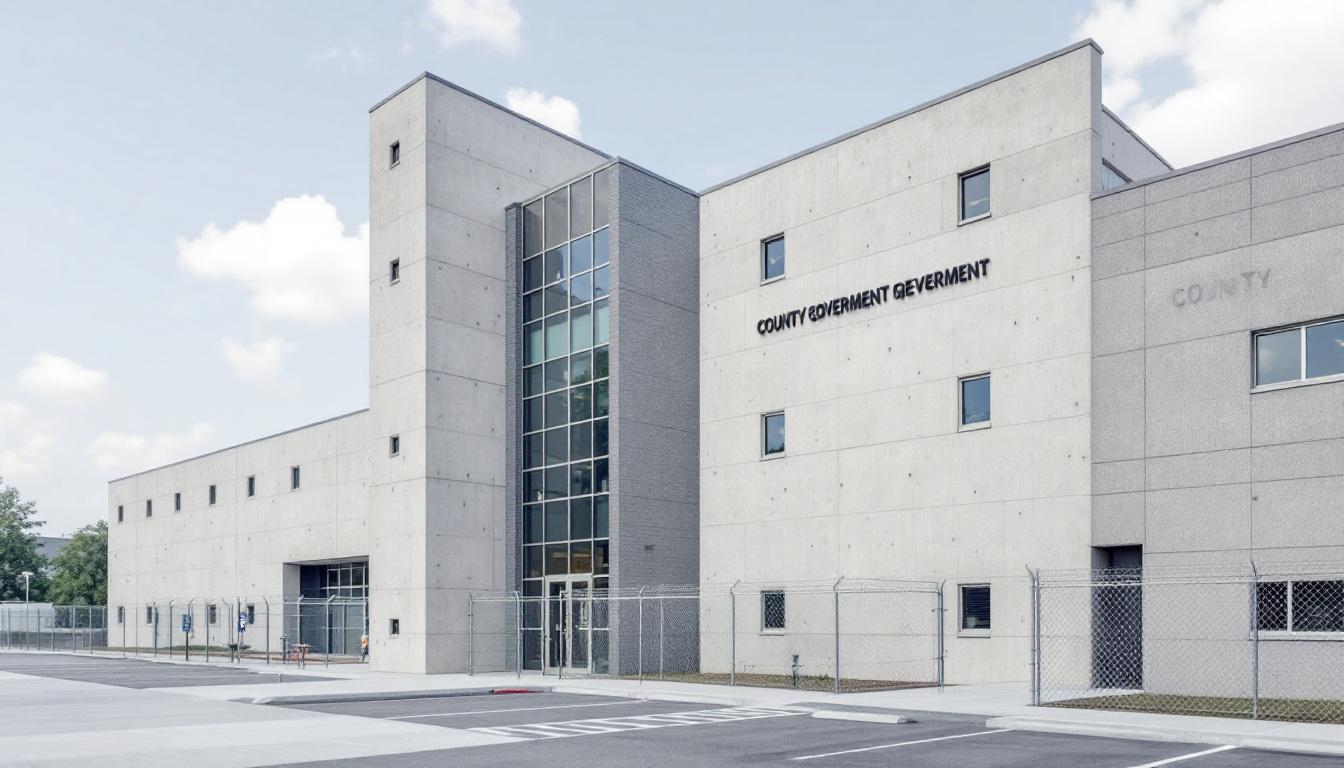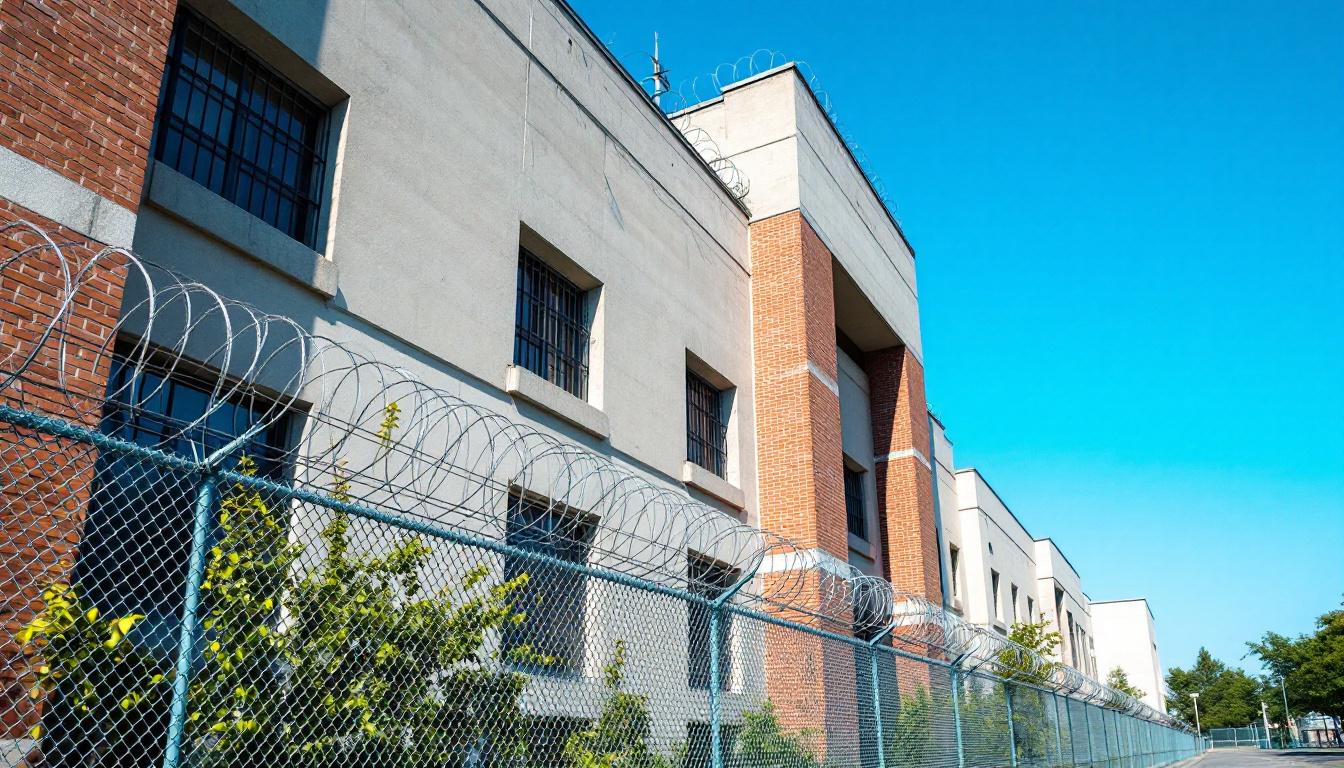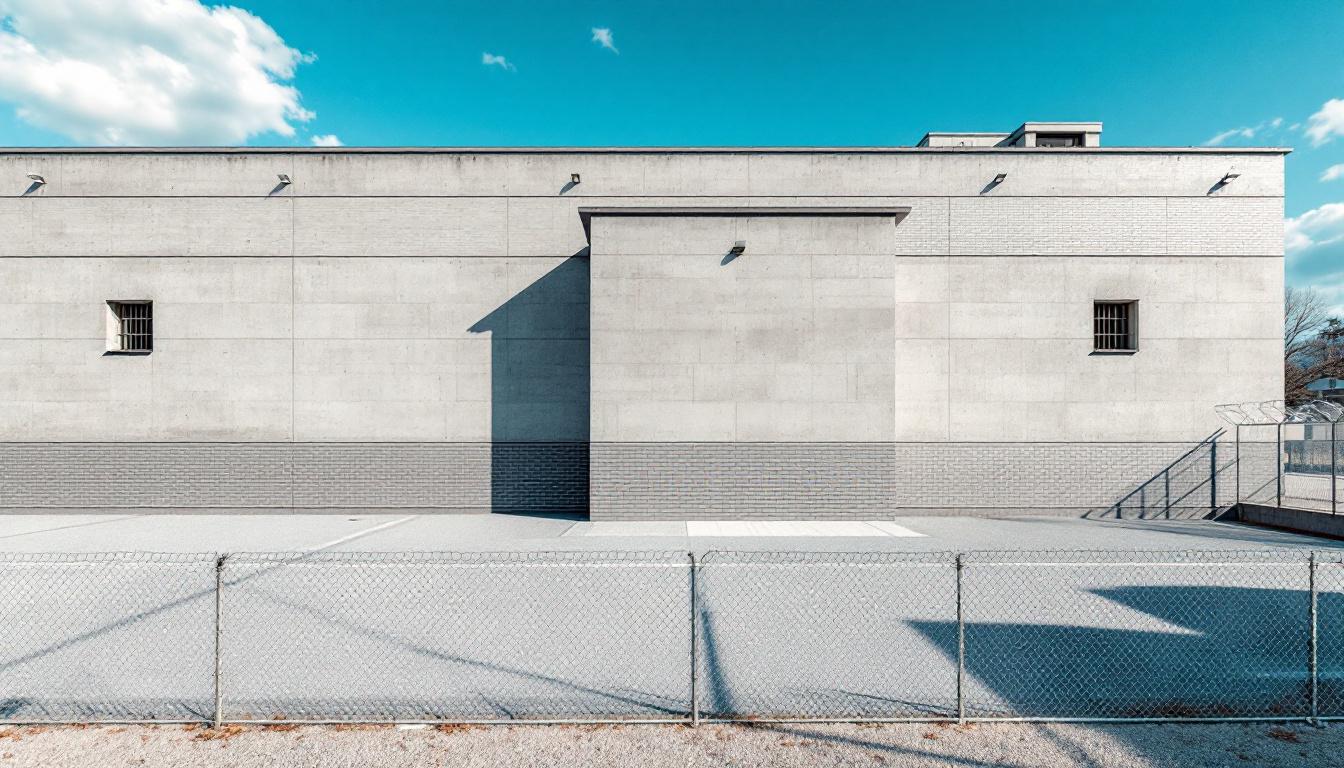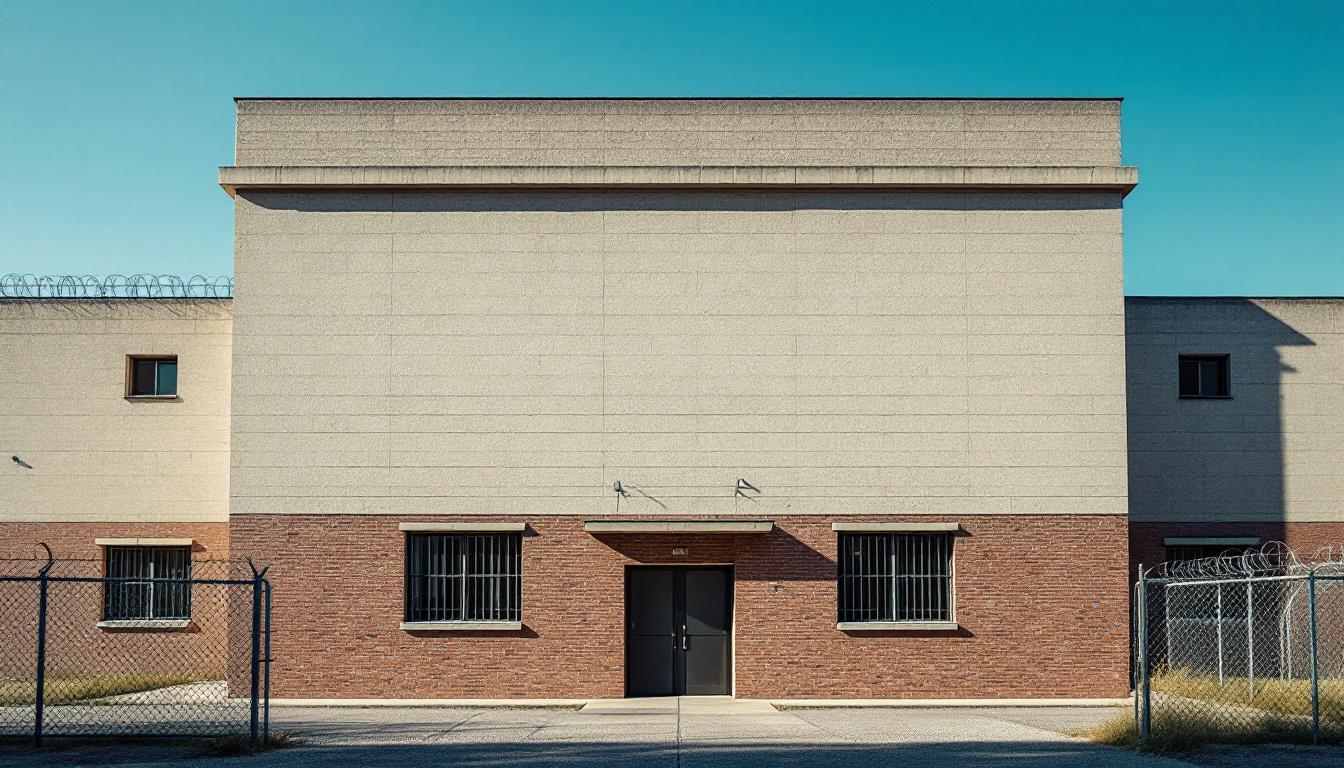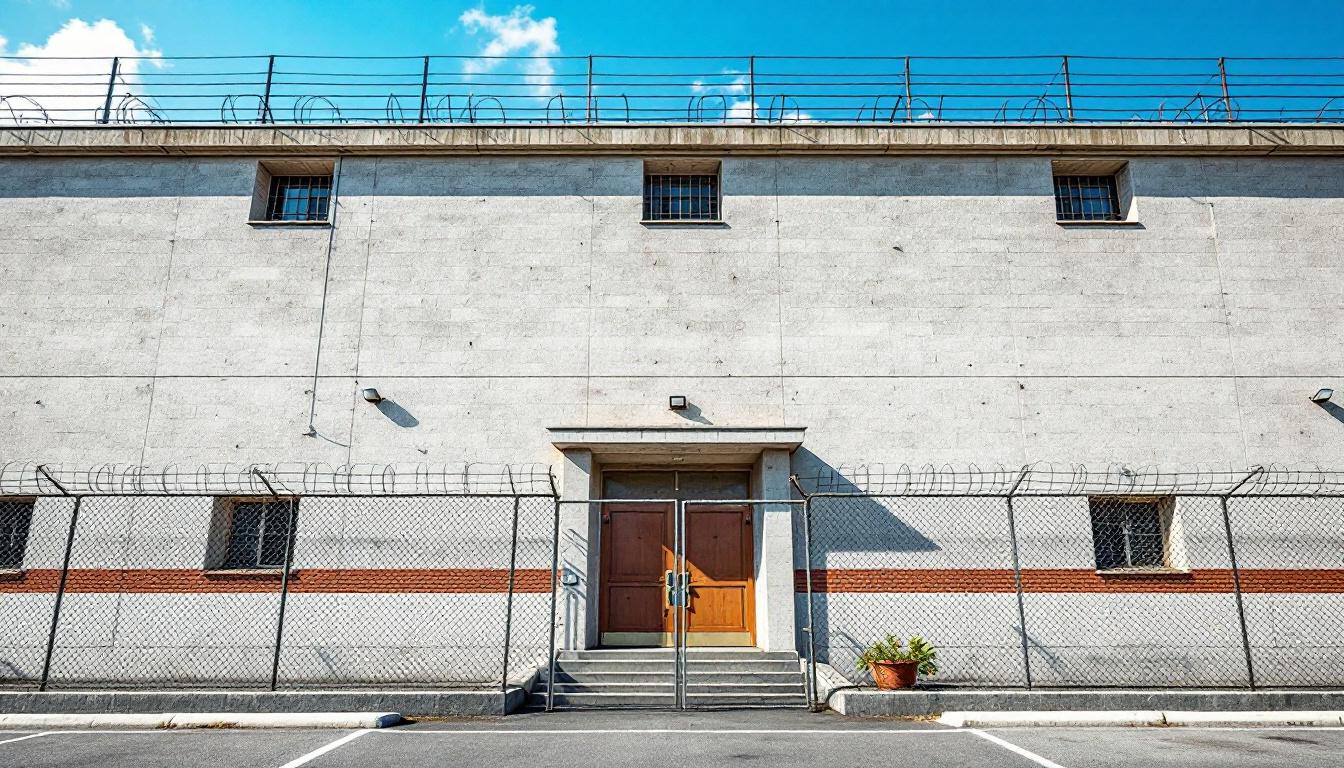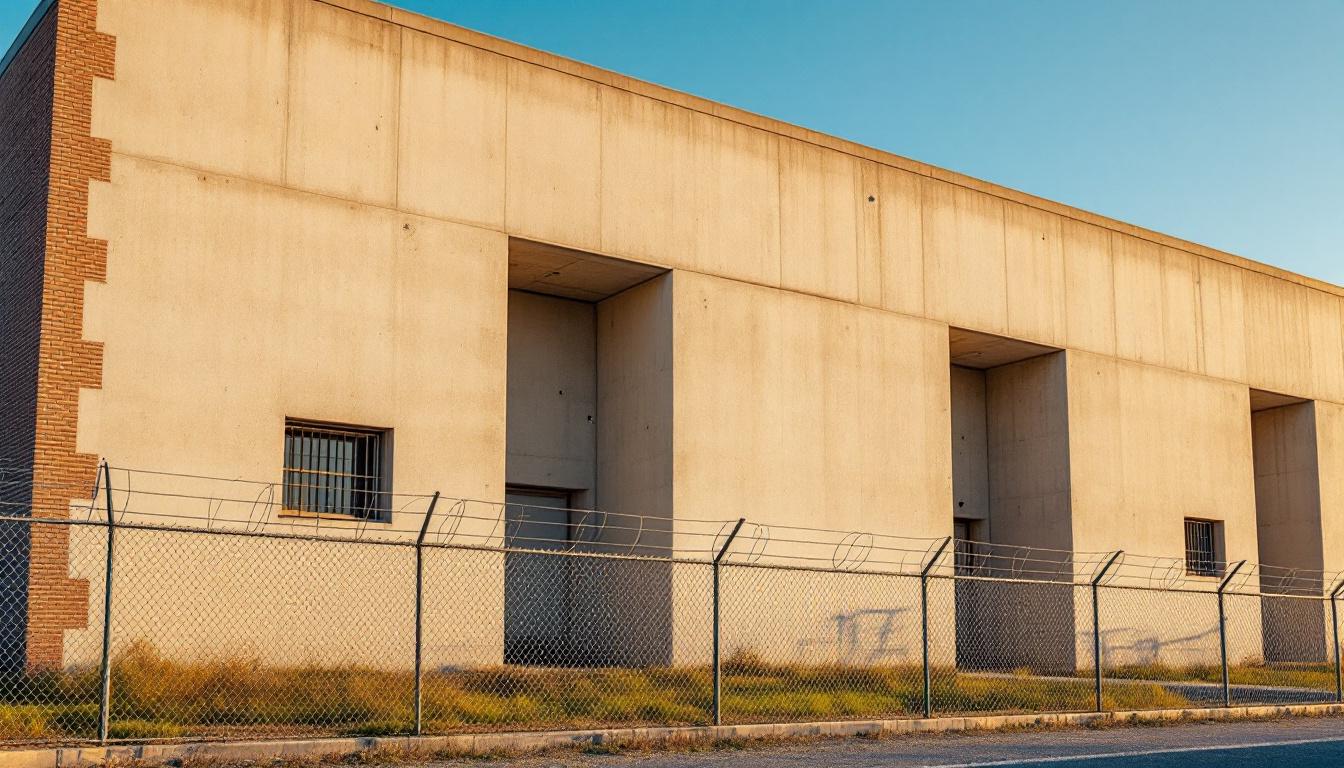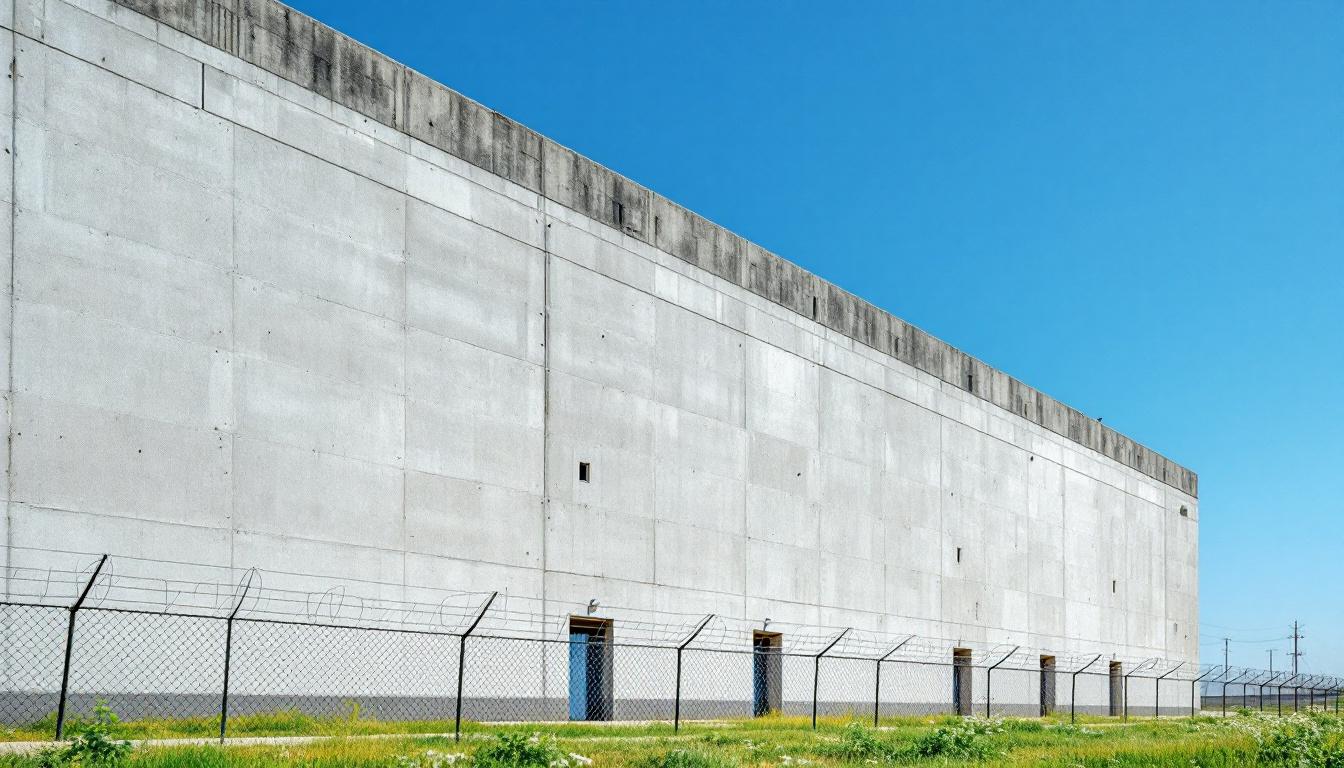
Quick Navigation
How to contact an inmate at Wainwright Unit
This comprehensive guide will walk you through how to connect with an inmate at Wainwright Unit. Follow the steps below to find an inmate and send letters and photos:
- Search for the inmate using our search tool below
- Create your account or log in to Penmate
- Write your message (up to 6,000 characters)
- Send instantly - inmates receive printed copies daily
Find an Inmate
Search for an inmate to start communicating today
Tip: You can search by first name, last name, or inmate ID number
To contact a person at Wainwright Unit start by searching for the person on the official facility website. Perform a search by following these steps:
- Step 1: Enter their first name and last name into the search form and click "Search"
- Step 2: Locate their inmate record
- Step 3: Write down their Inmate ID and any housing information provided
Important! Be sure to enter the person's full name. Nicknames should not be used.
How to Send Messages to Inmates

You can use your phone or computer to send emails, letters, and photos to an inmate. Messages are sent electronically to inmate tablets or kiosks at the facility. If you would like to send a message, start by searching for an inmate at Wainwright Unit.
Sending Photos and Postcards

A great way to send love and support to a loved one at Wainwright Unit is to send photos and postcards. It only takes a few minutes to send photos from your phone and it makes a huge difference. You can also mail postcards with words of support and inspiration, or design your own postcard for special moments like birthdays and holidays.
Important! Be sure not to send any explicit photos or they may not be approved by the facility. You can also use a photo printing app like Penmate to make sure your photos are printed at the correct size (4x6 or 3x5) and are mailed according to the rules and regulations of Wainwright Unit.
Frequently asked questions about Wainwright Unit
-
How long does it take to deliver a message?
If you're sending an email message your letter is usually delivered within 24-48 hours. For messages sent via mail you should expect delivery within 3-7 days. All messages will need be approved by Wainwright Unit.
-
How much does it cost to send a message to Wainwright Unit?
You can send a message free using your phone or mail a message via USPS for the price of a $0.60 stamp and envelope. You can also purchase credits or e-stamps from services starting at $1.99.
-
What services can I use to contact an inmate at Wainwright Unit?
Penmate
You can use Penmate to send letters and photos to an inmate from your phone. It's an easy way to stay in touch during your loved one's incarceration. Use the inmate locator to find an inmate's location and contact information, then you can send messages within a few minutes.
Securus messaging
Securus may be another option for communicating with an inmate at Wainwright Unit. You can create a friends and family account and purchase credits to send messages. All messages will be reviewed and must be approved by the facility.
JPay
Some county jails and state prisons may support sending messages with JPay. You must register an account with the system, find your loved one, and purchase stamps to send messages. For some locations you can also attach photos.
Smart Jail Mail
You may also check if Smart Jail Mail is available at Wainwright Unit. Smart Jail Mail is operated by Smart Communications and has contracted with some state and county jails. After purchasing credits, your messages and photos are sent to the facility, printed out, and then handed out to your loved one.
-
What is the mailing address of Wainwright Unit?
Mailing address:
Wainwright Unit
2665 Prison Rd 1
Lovelady, TX 75851
Phone: (936) 636-7321Business hours:
- Monday: 8:00 AM – 5:00 PM
- Tuesday: 8:00 AM – 5:00 PM
- Wednesday: 8:00 AM – 5:00 PM
- Thursday: 8:00 AM – 5:00 PM
- Friday: 8:00 AM – 5:00 PM
- Saturday: 8:00 AM – 5:00 PM
- Sunday: 8:00 AM – 5:00 PM
-
What are the visiting hours at Wainwright Unit?
Visiting hours at Wainwright Unit vary by housing unit and security level. Generally, visits are scheduled on weekends and holidays, with some facilities offering weekday visits. Contact the facility directly at (936) 636-7321 or check their website for the current visiting schedule. Visits typically last 30-60 minutes and must be scheduled in advance.
-
What items are prohibited when sending mail to Wainwright Unit?
Prohibited items typically include: cash, personal checks, stamps, stickers, glitter, glue, tape, staples, paperclips, polaroid photos, musical or blank greeting cards, hardcover books, magazines with staples, and any items containing metal or electronics. Only send letters on plain white paper with blue or black ink. Photos must be printed on regular photo paper (no Polaroids). Always check with Wainwright Unit for their specific mail policies.
-
How do I send money to an inmate at Wainwright Unit?
You can send money to an inmate at Wainwright Unit through several methods: 1) Online using JPay, Access Corrections, or the facility's approved vendor, 2) Money orders mailed directly to the facility with the inmate's name and ID number, 3) Kiosks located in the facility lobby, or 4) Over the phone using a credit or debit card. Fees vary by method, typically ranging from $2.95 to $11.95 per transaction.
-
Can I schedule a video visit with an inmate at Wainwright Unit?
Many facilities now offer video visitation as an alternative to in-person visits. At Wainwright Unit, video visits may be available through services like Penmate, Securus Video Connect, GTL, or ICSolutions. Video visits typically cost $10-20 for 20-30 minutes and must be scheduled in advance. You'll need a computer or smartphone with a camera and reliable internet connection. Contact the facility for their specific video visitation policies and approved vendors.
-
What identification do I need to visit an inmate at Wainwright Unit?
All visitors must present valid government-issued photo identification such as a driver's license, state ID, passport, or military ID. Minors must be accompanied by a parent or legal guardian who can provide the minor's birth certificate. Some facilities require visitors to be on the inmate's approved visitation list, which may require a background check. Contact Wainwright Unit for specific ID requirements and visitor approval procedures.
-
How can I find out an inmate's release date?
To find an inmate's release date at Wainwright Unit, you can: 1) Use the online inmate search tool if available, 2) Call the facility's records department, 3) Contact the inmate's case manager or counselor, or 4) Have the inmate provide this information during a call or visit. For privacy reasons, some facilities only release this information to immediate family members.
Facility Overview
Official Website
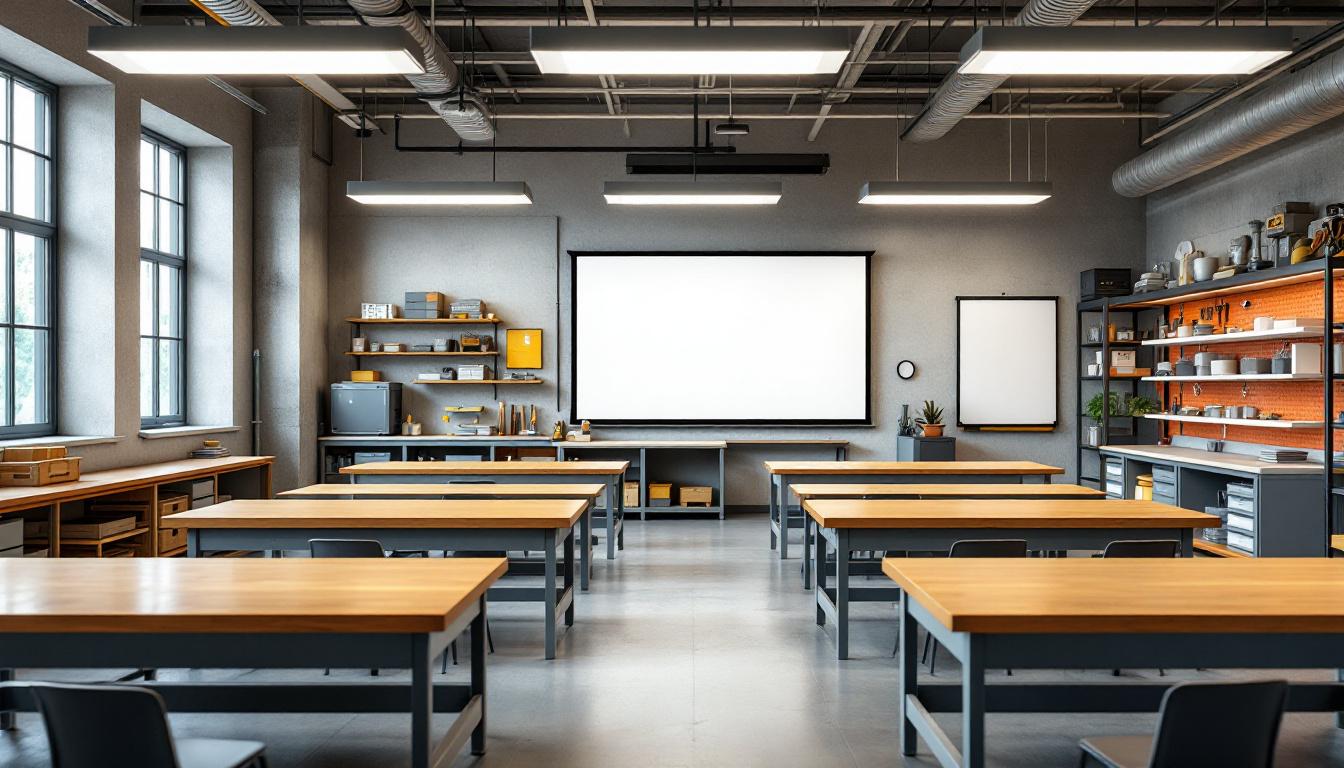
About Wainwright Unit
Rehabilitation and public safety converge through systematic correctional operations at EASTHAM, where evidence-based programming supports long-term community reintegration outcomes. Located within the rural landscape of Lovelady, Texas, this TX correctional facility operates as an integral component of the state's comprehensive correctional network, drawing upon regional community partnerships to enhance those incarcerated services and post-release preparation initiatives.
The facility's operational framework typically emphasizes structured daily routines that may include educational programming, vocational skill development, and behavioral intervention services designed to address underlying factors contributing to criminal behavior. Staff generally coordinate with local community organizations, faith-based groups, and educational institutions throughout East Texas to provide comprehensive support systems that extend beyond the facility's physical boundaries. These collaborative relationships often facilitate smoother transitions for individuals preparing to return to their home communities.
EASTHAM's position within Texas's correctional system reflects the state's broader commitment to balancing security requirements with rehabilitation-focused outcomes. The correctional facility typically maintains various program offerings that may encompass substance abuse treatment, mental health services, and work-based learning opportunities, all structured to promote positive behavioral changes and reduce recidivism rates. Through partnerships with community resources in the Lovelady area and surrounding regions, the facility generally supports a continuum of care that recognizes successful reintegration as a shared responsibility between correctional institutions and the communities they serve.
Programs & Services
Personal transformation begins when those incarcerated gain access to meaningful opportunities that build both practical skills and inner strength. The facility typically emphasizes structured pathways that allow individuals to develop professionally while addressing personal challenges through comprehensive support systems. This approach recognizes that lasting change occurs when people have concrete tools for success alongside the guidance needed to apply them effectively.
Educational advancement and career preparation form the foundation of many developmental opportunities available to participants. Vocational training offerings may furnish hands-on experience in trades that align with current job market demands, helping individuals build marketable skills during their time at the facility. These programs often include structured learning environments where those incarcerated can develop both technical competencies and workplace habits essential for successful reintegration.
In addition to this skills-based focus, the facility typically provides various support services designed to address personal growth and wellness needs. Work programs may offer structured daily routines that reinforce responsibility and teamwork, while faith-based initiatives often include opportunities for spiritual development and community connection. Physical fitness and religious services are commonly available, recognizing that comprehensive rehabilitation addresses both physical and spiritual well-being. These offerings work together to create an environment where those incarcerated can build the foundation for positive life changes.
Daily Life & Visitation
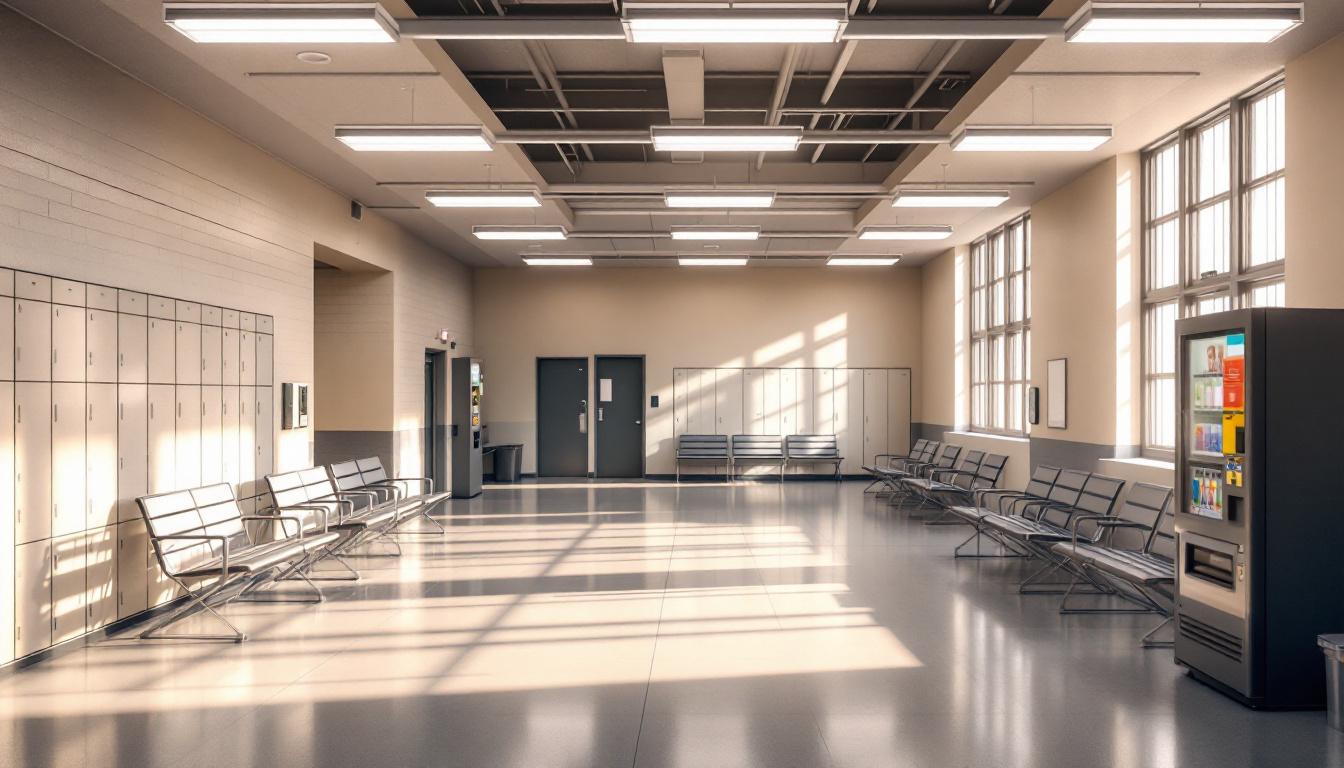
Strong family bonds and community connections remain vital lifelines for those incarcerated at Eastham, helping them navigate the structured environment while maintaining ties to the outside world. The facility currently operates on a predictable daily schedule that continues to emphasize both security protocols and opportunities for social interaction among residents. Wake-up calls typically occur in the early morning hours, followed by count procedures and meal service in the dining halls where those incarcerated gather in groups, creating natural opportunities for conversation and community building.
Housing arrangements generally place residents in dormitory-style units or multi-person cells, fostering an environment where individuals often develop supportive relationships with their housing unit neighbors. These living spaces typically accommodate multiple people, encouraging daily interactions that can help ease the challenges of incarceration. In addition to this shared living environment, the facility furnishes common areas where those incarcerated may gather during designated recreation periods, watch television, or participate in informal discussions that help maintain social skills and emotional well-being.
Work assignments throughout the facility continue to provide structure while creating opportunities for residents to contribute meaningfully to the facility's daily operations. Those incarcerated may find themselves assigned to kitchen duties, maintenance work, or other institutional jobs that require teamwork and communication. Despite this structured environment, the facility typically maintains regular visitation schedules that allow families to visit their loved ones, while telephone access and correspondence privileges help preserve crucial outside connections. Recreation opportunities generally include outdoor exercise periods and access to recreational facilities, giving residents chances to engage in physical activity and informal social interaction that supports both mental and physical health during their time at the facility.
Ready to Connect?
Start communicating with your loved one today
Search for an Inmate
